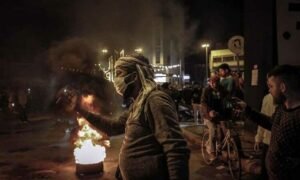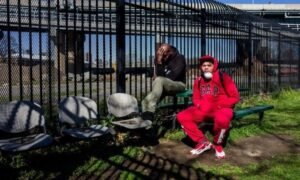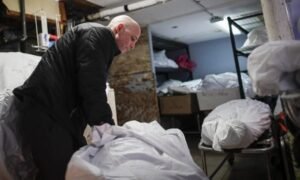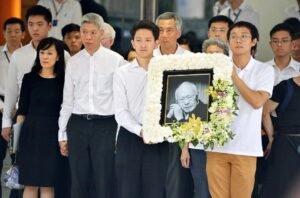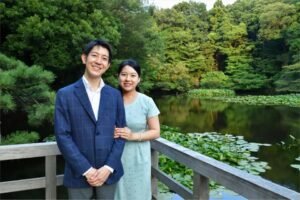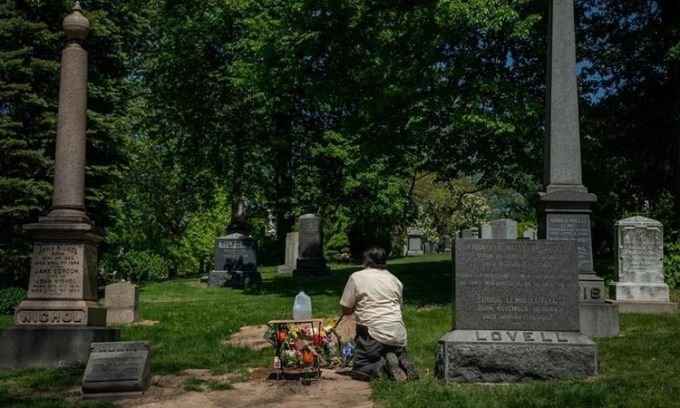
Quick funerals in New York 4
`It’s been 7 weeks, but we don’t know when to raise the flag. I think that won’t happen in the near future,` said Eric Barna, vice president of Green-Wood Cemetery in New York, the epicenter of the epidemic.
Within two months, New York City recorded more than 16,400 deaths, a high number not seen since the Spanish flu pandemic of 1918. The entire United States also reported more than 100,000 deaths from nCoV, the highest
Even though deaths have started to level off, New York’s funeral homes and crematoriums are still struggling with the huge number of bodies.
Funerals in the Covid-19 era seem to be just formalities.
Hector Rodriquez, uncle of Daniel Rodriquez and husband of Sandra, places flowers on his wife’s grave at Green-Wood cemetery, New York, USA.
Only a few relatives attended Sandra’s funeral.
`They passed away within hours of each other three weeks ago. Junior had asthma and diabetes, so we knew things were going to get worse from the moment he started coughing. At the end of his life, he couldn’t even swallow.
`We were hit hard,` Rodriquez said, referring to New York’s Hispanic community.
Rodriquez wants his relatives’ bodies to be buried in a traditional way like his family usually does, but in the current situation, cremation is a cheaper and safer method.
Green-Wood Cemetery is being inundated with a flood of cremation requests.
The number of burials per week at Barna’s facility also increased from 20 to 40-45.
The only time a similar situation happened at Green-Wood was the Spanish flu epidemic in 1918. `We prepared for the worst scenario after the 9/11 terrorist attacks, being asked to be ready to bury thousands of people.`
Gravediggers and cremation operators are working 16 hours a day, seven days a week to keep up with the large number of bodies.
Ali Meawad, a crematorium operator, sometimes sleeps at work because he can’t travel the long way home and then return in just a few hours.
Meawad wears protective gear, glasses and gloves while working, disinfecting everything after each body is processed.
Under the Health Insurance Portability and Accountability Act, patient information is kept private, meaning crematoriums are not technically allowed to say who died from Covid-19.

The bodies were buried collectively on Hart Island, New York, USA on April 9.
Limited space at cemeteries also causes great difficulties for funeral homes.
Last month, non-refrigerated trucks containing dozens of decomposing bodies were discovered outside the Andrew T. Cleckley funeral home in Brooklyn, New York.
New York City is also placing bodies in more than 30 refrigerated trucks in a parking lot in the Sunset Park area.
For the families of the deceased, overcrowding at cemeteries and funeral homes prolongs their pain.
This `memorial` has a banner with the words `Return the name to the deceased` in many languages, below are photos and cards with the names of those who died from Covid-19 buried at the cemetery.
Right below the banner is a photo of a family of three who died within days of each other.
`This is a way for us to come together and commemorate the deceased, something that has been taken away by the virus,` Aviles said.
